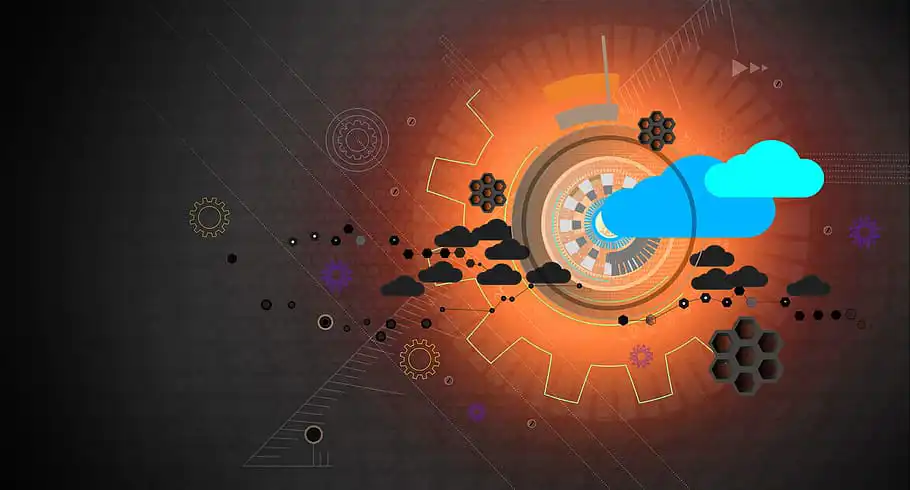Recovery from a Technical Glitch
There was good news for the astrophysics world as NASA engineers managed to bring the Hubble Space Telescope back to active duty following a gyroscope failure. A short while ago, Hubble was put into safe mode due to a technical glitch with one of its gyroscopes. This gyroscopic failure wasn't unexpected; however, it required a quick and thorough response from the NASA team.
Taking a step back, the first attempts to reboot the gyroscope didn't yield the desired success, and Hubble stayed in safe mode longer than what was initially anticipated by the team. Nevertheless, their effort and patience bore fruit as Hubble was finally restored, ensuring the continuation of its twenty-years-plus service to space exploration.

The Issue with the Gyroscope
For those unfamiliar with the term, a gyroscope helps in maintaining the stability of an object in three dimensions. For the Hubble Space Telescope, the gyroscopes are crucial for precision pointing. A failure of even one gyroscope could seriously hinder the telescope's functionality. In simpler terms, it's comparable to losing a part of your vehicle's steering.
Given the importance of gyroscopes, the telescope is equipped with six - two sets of three. Even though an operational telescope can make do with two, it requires three for optimal performance. In the past, Hubble ran into problems with its gyroscopes, though the engineers managed to fix the issues without significant impact on the telescope's mission.
NASA's Immediate Actions
When the problem was flagged, NASA's immediate action was to take Hubble into safe mode. This protective state ensures the telescope can still communicate with the base, but it remains stationary and does not collect any scientific data. This is carried out to prevent any movements that could further harm the telescope.
As is standard protocol, NASA switched on a backup gyroscope. Unfortunately, this introduced an unexpected complication as the backup started returning abnormally high rotation rates. This was initially thought to be excess mechanical backlash, resulting in a malfunction.
Resolving the Backup Issues
The NASA team applied tested maneuvers, known as running the wheel, to clear out the apparent blockage. This is essentially about moving the wheel back and forth to clear out any built-up mechanical resistance. This brought the rotation rate of the backup gyroscope back to normal. However, there was no celebration yet.
In the following days, the backup gyroscope's safe alignment values started indicating higher than expected numbers. Although they concluded this was not a mechanical issue, it still hindered alignment accuracy, so it was back to the drawing board for NASA.
Bringing Hubble Back Online
Through trial and error, NASA figured out a solution to counter these errant high readings — implementing a series of short maneuvers. This was followed by switching the gyro between different operational modes, eventually stabilizing the alignment data.
The solution proved successful, and Hubble was brought back online to continue its operations. With this fix, Hubble returned to its exploration duties with three fully functional gyroscopes. Although it could have run on two, three allows it to operate at its full potential.
Plans for a Reboost
With Hubble's recovery, focus now shifts to its potential reboost. Essentially, a reboost involves using rockets to slightly increase the observatory's altitude. The aim is to ensure that Hubble remains operational for as long as possible. The higher the Hubble's altitude, the longer it can stay up there.
Fundraising is currently being carried out to cover the cost of the reboost, which is expected to be hefty. Although the concept is simple, the execution requires specific expertise and resources, making it a costly affair. Nevertheless, the scientific community is largely in support of this endeavour.
Dissecting the Reboost Options
There are several possible scenarios suggested for Hubble's reboost. One of the discussed options includes carrying out the reboost using a spacecraft sent specifically for this task. This method, however, is quite costly and would have to be carried out by a highly experienced team.
Another option is to perform a reboost with the help of a robotic lunar lander, the Peregrine. This idea might seem unconventional, but modifications to the spacecraft could make this mission feasible. The Peregrine lander will undertake the reboost during a mission to the moon.
The Future of Hubble
With the telescope back in operation, the future of Hubble seems more secure. Discussions are ongoing about the future and how best to prolong its service. A successful fundraising campaign and the decision on the reboost method will surely play a significant role in these discussions.
The astronomers and NASA are optimistic about the Hubble's next chapter, but only time will tell how this fascinating space sentinel will continue to unravel the mysteries of the cosmos. With every resolved crisis, Hubble proves how consequential it is to our understanding of the universe.